Search
Remove Ads
Advertisement
Summary
Loading AI-generated summary based on World History Encyclopedia articles ...
Search Results

Image
Stairs Leading up to the Gran Basamento Chacchoben
Stairs ascending from the Great Plaza (the market and residential area) to the Gran Basamento ("Great Basement") of the Maya site of Chacchoben, c. 700 CE. The Gran Basamento was a sacred plateau where religious rituals were enacted, including...
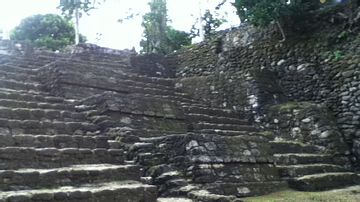
Image
Stairs of the Gran Basamento at Chacchoben
The stairs of the Gran Basamento ("Great Basement") at Maya site of Chacchoben c. 700 CE. These stairs lead up from the Great Plaza, the market place/residential area, to the plateau of the Great Basement where the Temple of the Vessels (Las...
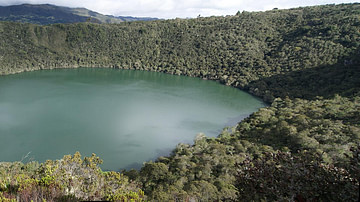
Image
Lake Guatavita, Colombia
Lake Guatavita (Spanish: Laguna de Guatavita), Cundinamarca, Colombia. The site of the Muisca tribe ritual and the birthplace of the myth of El Dorado. One of the most important sites in South America.
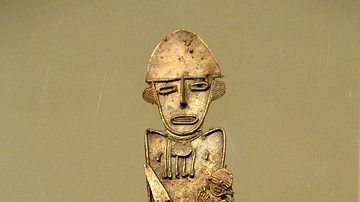
Image
Tunjo, Female & Child Figure from Colombia
A female figurine holding a small child on her chest and a dagger in her right hand. A material of religious significance, the flat gold figures (or Tunjos), were votive offerings left in caves or lakes. They were rarely found inside tombs...
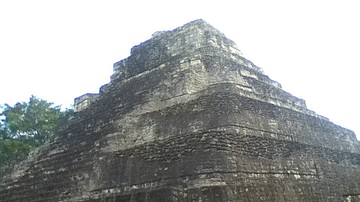
Definition
Chacchoben
Chaccoben (pronounced chac-CHO-bin) is a Maya site dated to c. 700 CE located in the state of Quintana Roo, Mexico. Once a large and significant urban religious center, the city was abandoned c. 900-950 CE at about the same time as the other...

Definition
El Dorado
El Dorado ('Gilded Man' or 'Golden One') referred to the legendary kings of the Muisca (Chibcha) people who populated the northern Andes of modern-day Colombia from 600 to 1600. The name derives from the coronation ritual when the new king...
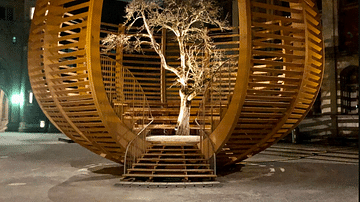
Interview
In the Forest - Exhibition Interview Schweizerisches Landesmuseum
The forest is a habitat for people, animals, and plants, a provider of invaluable resources, and an ally in the fight against climate change. The greatest beneficiary of the forest is humanity – but it is also its greatest threat. Over the...
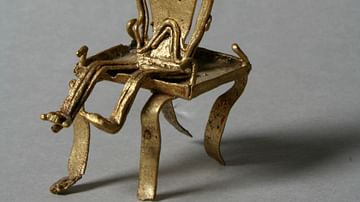
Definition
Muisca Civilization
The Muisca (or Chibcha) civilization flourished in ancient Colombia between 600 and 1600 CE. Their territory encompassed what is now Bogotá and its environs and they have gained lasting fame as the origin of the El Dorado legend. The Muisca...
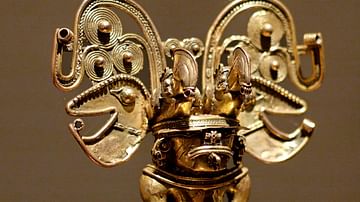
Definition
Tairona Civilization
The Tairona civilization - one of the Chibcha family tribes - flourished in northern Colombia between 200 CE and 1600 CE. Like the Muisca of Cundinamarca, the Tairona were known for their expertise in crafting and metallurgy, especially goldsmithing...

Video
Beyond El Dorado: Power and gold in ancient Colombia
For centuries Europeans were dazzled by the legend of a lost city of gold in South America. A new exhibition at the British Museum reveals the truth behind the myth. For more video content from The Economist visit our website: http://econ.st/1f3YQtP...